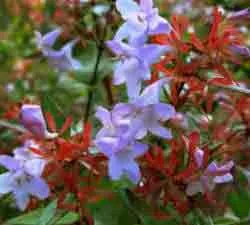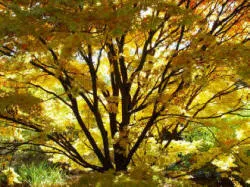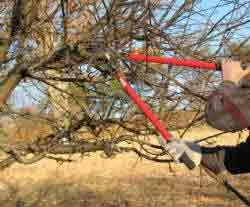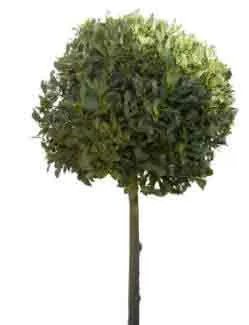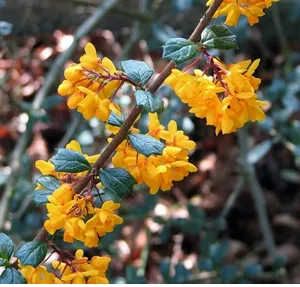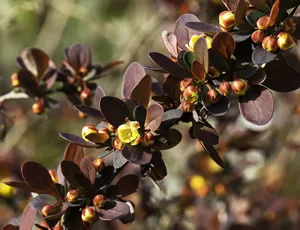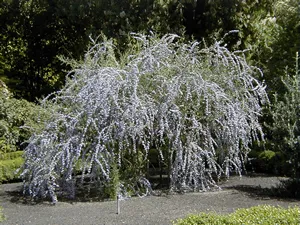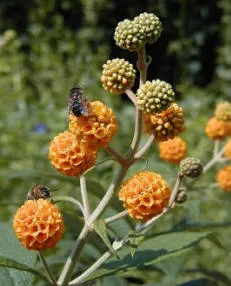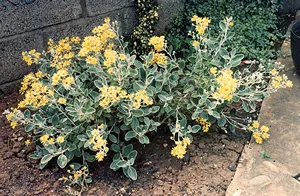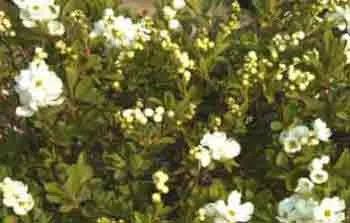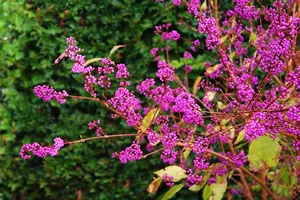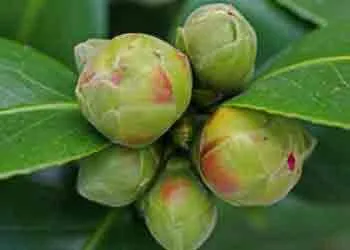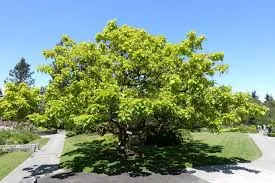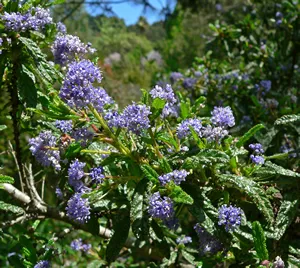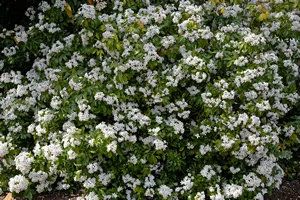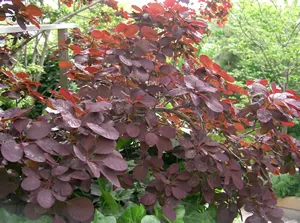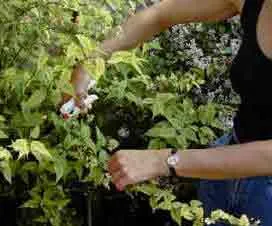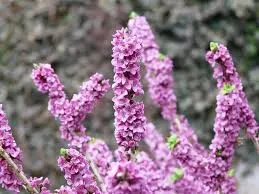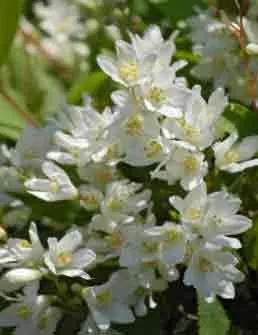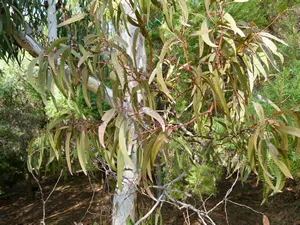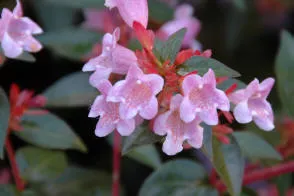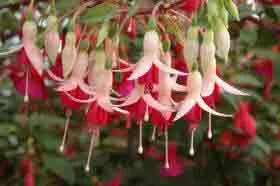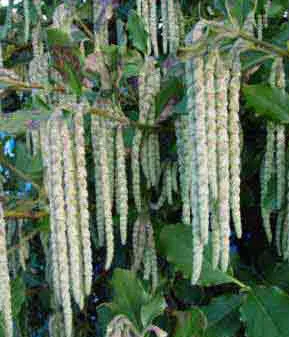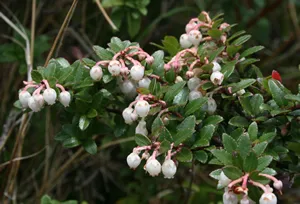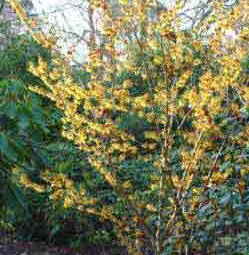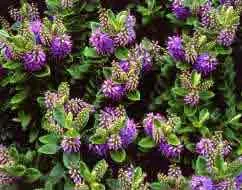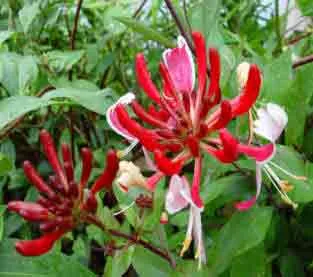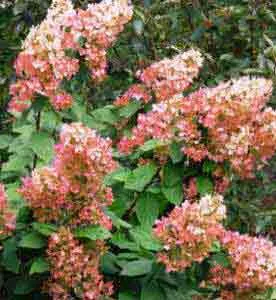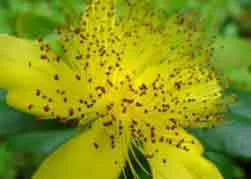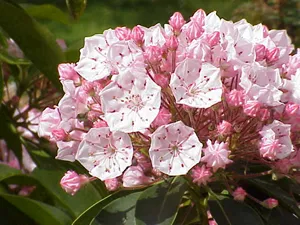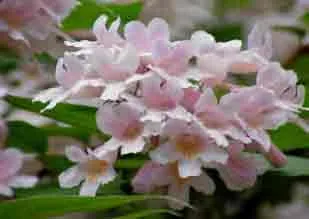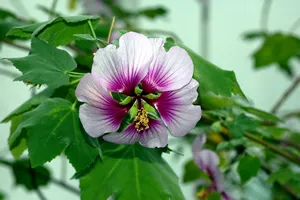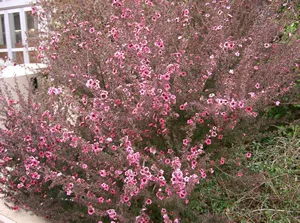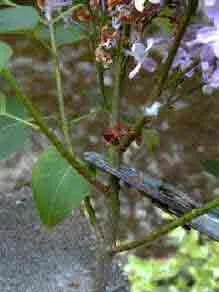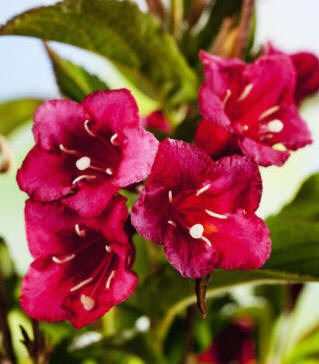
Once you get the pronunciation of the word right, growing Weigela is a relatively straightforward matter, for it is a shrub that requires little care and attention. The little bit of care that a Weigela plant needs will be rewarded handsomely with a display of flowers for much of the summer.
Weigela is one of the old favorites of garden shrubs and has remained popular to this day. Many writers shun it, simply because most that can be written about Weigela has already been written. But no serious gardening section about shrubs or flowering plants can ignore it. Weigela is here to stay and has already seen off a host of new arrivals.
Late Spring and early Summer are the main flowering times, but Weigelas will rarely be without a few flowers right through the summer.
Pruning Weigela is necessary if you want to keep the shrub in good condition with plenty of good sized flowers and healthy fresh foliage.
Weigelas are of East Asian origin, with their favourite habitat being at the edge of woodlands and scrub areas – rarely being found within the shade of woodland itself. They form mounded or upright growing deciduous shrubs, varying in height according to variety, but most are happy to grow to 8ft 2.4m over ten years with a similar spread.

